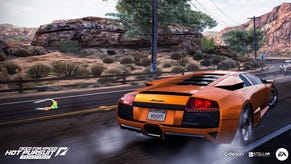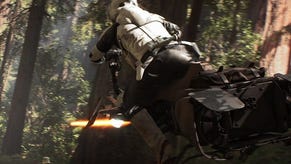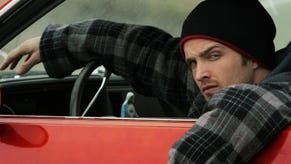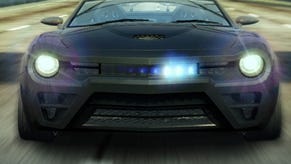Tech Interview: Need for Speed: Hot Pursuit
Digital Foundry visits the tech leads in Guildford for the inside story.
We didn't start working on Chameleon until mid last year. Little tiny bits. We identified a few things we really had to fix.
The new version of the asset management database... that was one thing we started straightaway. We were thinking about how we were going to restructure the complete architecture of the run-time side. I was trying out some bits and pieces.
And I was looking at lighting and gamma correct rendering. We were doing bits and pieces and prototyping and the elements of the engine we did change we couldn't ship in the DLC pack as that would have required changing the whole world and that was obviously not an option. We researched a few things, but not a lot. The major bulk of the work didn't start until around mid last year and in the rest of the time around that we were just trying out ideas.
I think one of the things we don't do is any explicit research - the occasional prototype or trying out ideas - but for me it's more about development of stuff. It's based around developing a game at the end of the day and you have to do little bits of research to find out the best way to do that. We don't do what people might call blue sky research. We have a few specialists who look after that asset management database and other guys who are all about how smoothly our build processes work.
So it takes 30 minutes or so to take all assets out of the database and munge it into a disc that people can play on three platforms. There's a couple of guys just sitting there making that work.
On Burnout Revenge it was eight hours to build a disc on one platform and you could run it overnight. So you come in, you try the new build, and if it doesn't work so you'd have to wait all day for the next one. Now it's 30 minutes to build a disc on all three platforms.
It was a learning experience. When we started the new engine we knew what the best architecture would be to suit all three platforms so we did that architecture and then we pulled across a lot of the other lines of code that made sense... yeah, we did take some of the work that had been done on Burnout Paradise PC.
Stuff like arbitrary resolutions on monitors, bizarre controllers and stuff like that we had in our minds from the beginning whereas some of the guys who worked on Paradise on the PC had to crowbar that into what we'd already done, which doesn't always go well.
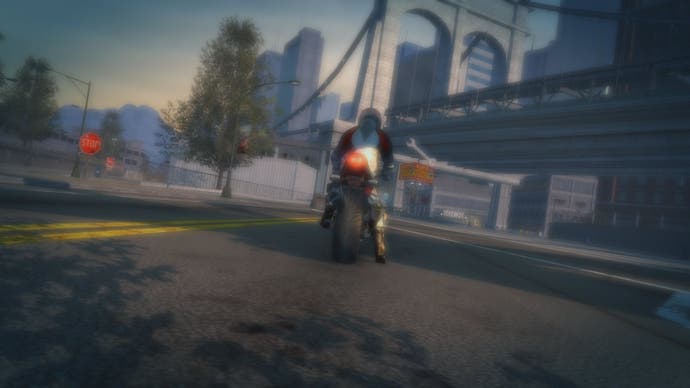

I think you'll be pleasantly surprised by the system requirement. We haven't gone crazy on that.
We've been telling our marketing people that it's slightly above our min spec on Paradise but it's not much higher than that. Paradise didn't run on some stupidly low spec hardware but it was pretty kind to lower end machines.
We've kept the same ethos and haven't done anything to impact the speed of the fast engine we've got. The learning's still there, the same performance is still there.
Low-end PCs may suffer on the CPU side this time compared to Paradise than on the graphics side. We've put a lot of work into making the physics more realistic and that takes more time and in terms of how the SPUs are used on PS3 or the other threads on 360, if you draw a graph from it (which we do!) we're doing a lot more work this time than on Paradise.
You'll need a multi-core machine to run it.
At least a couple of cores, but it'll certainly take advantage of any cores you've got lying around.
That kind of thing is quite radical, yeah. If you start to dump GPU tasks onto your CPU that's when it starts to get a bit...
Yeah. It's really good that people do different things because you can learn a lot from it. I like seeing people trying different stuff. But no, our deferred rendering is still done on GPU on all platforms. We aren't putting anything back on CPU. We could and see how we go, but a simple architecture is simple - you can change it and it's easy. Well... easier. As soon as diverge from that, things get a lot more complicated. It's something you might choose to do if it's a decision you take early on. We chose not to do that and we've not paid for it.
We like most of our programmers to be focused on the game itself rather than the tech. We have some guys who are just bonkers-good at maths and understanding chips and stuff. They're probably doing a better job because we just give them hard maths to do and that's fine. We give them some optimisation to do and that goes on through to the end and that's good.
In Burnout Paradise, we - and by we I mean the graphics and the engine side - spent about 75 per cent of our time writing the tech and optimising and about 25 per cent doing feature work. I'd say it's exact opposite for this game, and obviously lighting is one of the key features.
And even now, as good as it looks, Henry LaBounta - the art director - is still out there with a big list of features he'd like to cram in there before we go.
There's some more stuff going on in the background that you've not yet seen. There are a lot of things we're still looking at. The faster we can make it, the more things we can do and the better it'll look. The four or five weeks we have left is a long time...

